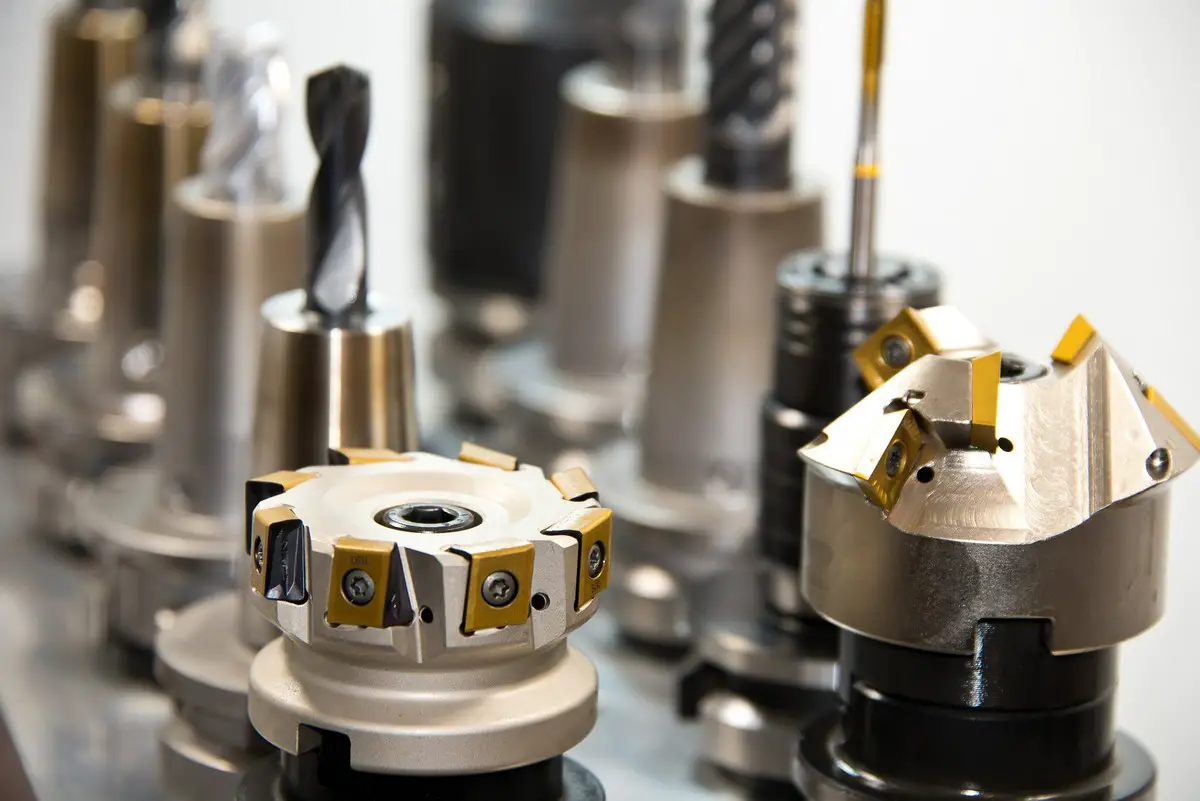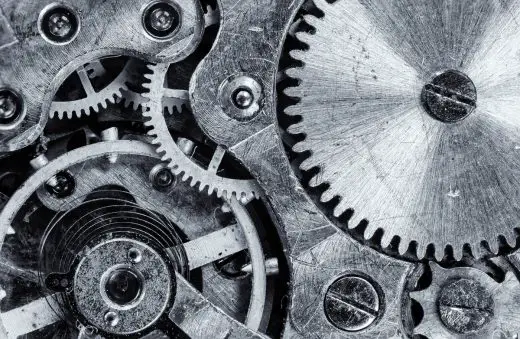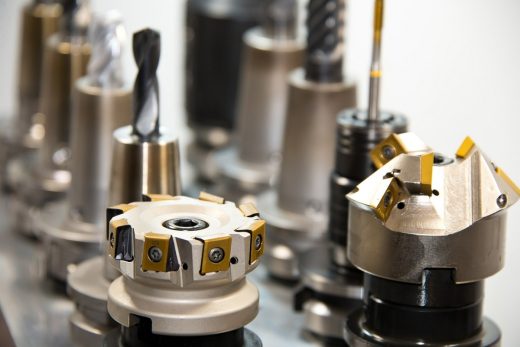What are the most common machining methods tips, Machine prototyping advice, Mass production process
What are the Most Common Machining Methods?
14 Feb 2022
Every day, in nearly every industry and application, machining is used for either prototyping or mass production. One may not realize it, but if something has been created using any sort of process, there’s a good chance that at least one form of machining was involved in the making of it.
Machining methods can be classified into two categories: subtractive and additive.
Subtractive
Subtractive machining involves the removal of material from a workpiece, while additive machining adds material to create the desired shape.
CNC Machining
CNC machining is one of the most popular types of subtractive machining in use today. This type of process uses a machine which can be programmed to make the same cuts on the workpiece over and over again, by following a set of instructions (G-code).
One example is laser cutting, which is the process of cutting workpieces by using a laser beam to heat and evaporate material. This allows for faster processing times, increased accuracy, better tolerance control, and sometimes even the possibility of automated production if paired with an automated material feeder or sorter.
Milling is another commonly used subtractive method of machining. This type of machining is done by using a cutting tool to remove material from the workpiece, which can be achieved through one of three different methods: milling, drilling, or routing.
Spiral point-cutting tools are commonly utilized in milling applications because they have good surface finish capabilities and produce a strong, clean cut. These tools can also achieve high rates of feed (or cutting speed) because the workpiece only needs to be fed into stationary cutting edges instead of rotating ones, like in drilling or routing applications.
Routing tools are commonly used in both routing and drilling applications. Unlike milling tools that have cutting edges along the entire length of the tool, some router bits only contain cutting edges on their outer circumference. This allows these tools to achieve high feed rates while also being able to get into tighter spaces.
Drilling, which is one of the most common machining methods, is used to create holes of various shapes and sizes in the workpiece. These holes are usually perpendicular to the workpiece’s surface or at an angle regarding it.
Additive
The most common additive machining method is 3D printing or additive manufacturing. Additive manufacturing is becoming increasingly popular because of its ability to produce complex shapes that cannot be created using the traditional subtractive method.
3D Printing
3D printing is probably the most common additive method of machining, with the most common additive 3D printers being Fused Deposition Modelling (FDM) printers.
These types of printers work by melting plastic strands with a heated nozzle and continuously extruding them in layers to produce a three-dimensional object.
Stereolithography
Another additive method of machining is Stereolithography (SLA), which uses a liquid resin that hardens when exposed to ultraviolet light. A laser beam traces out an object on the liquid surface, tracing its cross-sections. The formed layers are then bonded together by curing the liquid with UV light.
Fused Deposition Modelling
Fused Deposition Modelling (FDM) printers work by melting plastic strands with a heated nozzle and continuously extruding them in layers to produce a three-dimensional object.
These types of printers have been the most commonly used additive 3D printing machines for several decades because of their relatively low running costs and speeds, as well as lifespan. However, they have a limited range of materials available and cannot produce high levels of detail.
Laser Sintering
In Laser Sintering (LS), a powerful laser is used to fuse particles together to form a solid structure from a powdered material. Powder bed fusion uses a print platform that is gradually moved downwards after each layer is deposited. The laser then scans the surface, adding a thin layer of powder before fusing it together.
R&D Magazine has reported that this technology is one of the most common methods used in additive manufacturing through sintering. This method comes with a wide range of materials available and can produce high levels of detail due to the high resolution and power of the laser.
What are the most common machining methods Conclusion
Both machining methods have an important part to play in the manufacturing industry. Often, a fully manufactured product will have parts made from both subtractive and additive machining.
Hopefully, this article has helped you to understand what machining means, the differences between the two methods and which method is more common in each industry.
Thanks for reading!
Comments on this What are the most common machining methods? article are welcome.
Real Estate
Real Estate Posts
10 Mistakes To Avoid When Investing In Real Estate
9 Must-have Features for Real Estate App Development
Veterans are Avoiding the Real Estate Madness
Property
Residential Architecture
Comments / photos for the What are the most common machining methods advice page welcome








